*We used Diamond Crystal Kosher Salt, which has a different grain shape and a lighter, less salty flavor than coarser kosher salts. If measuring by volume, use half the amount of coarse kosher salt (such as Morton’s). Especially for breads, though, it’s often safest to measure salt by weight for the most consistent results.
Notes: To make butternut squash purée, halve and seed a medium butternut squash and then coat it on all sides with 1 tablespoon (14 grams) vegetable oil. Bake, cut side down, on a parchment paper-lined baking sheet at 375°F (190°C) until very fork-tender, 50 minutes to 1 hour. Let cool completely on pan. For best color, trim and discard any browned spots. Scoop squash into the work bowl of a food processor and pulse until mostly smooth, stopping to scrape sides of bowl. (Alternately, mash using a potato masher.) Reserve any extra squash purée for another use.
Test the dough for proper gluten development using the windowpane test. Pinch off (don’t tear) a small piece of dough, lightly flouring hands if necessary. Slowly pull the dough out from the center. If the dough is ready, you will be able to stretch it until it’s thin and translucent like a windowpane. If the dough tears, it’s not quite ready. Beat for 1 minute, and test again.
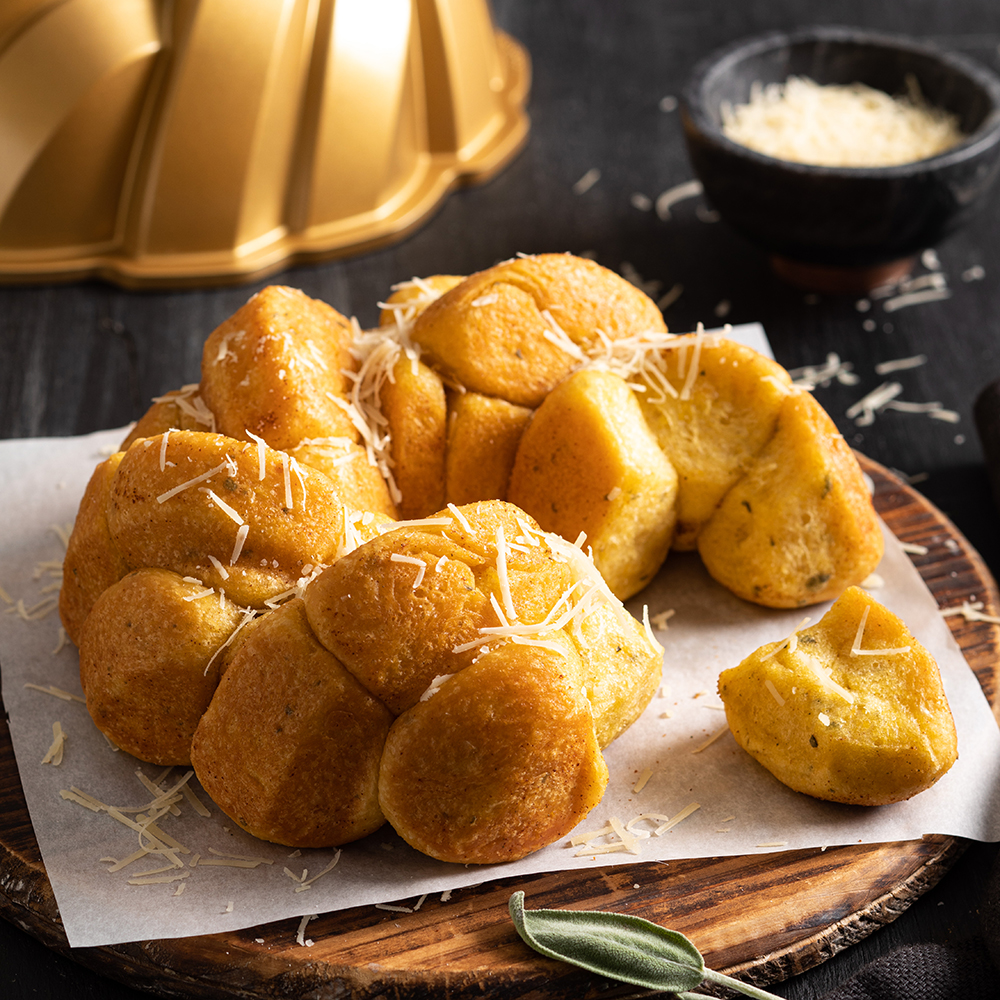

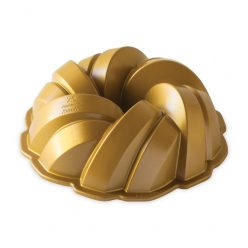
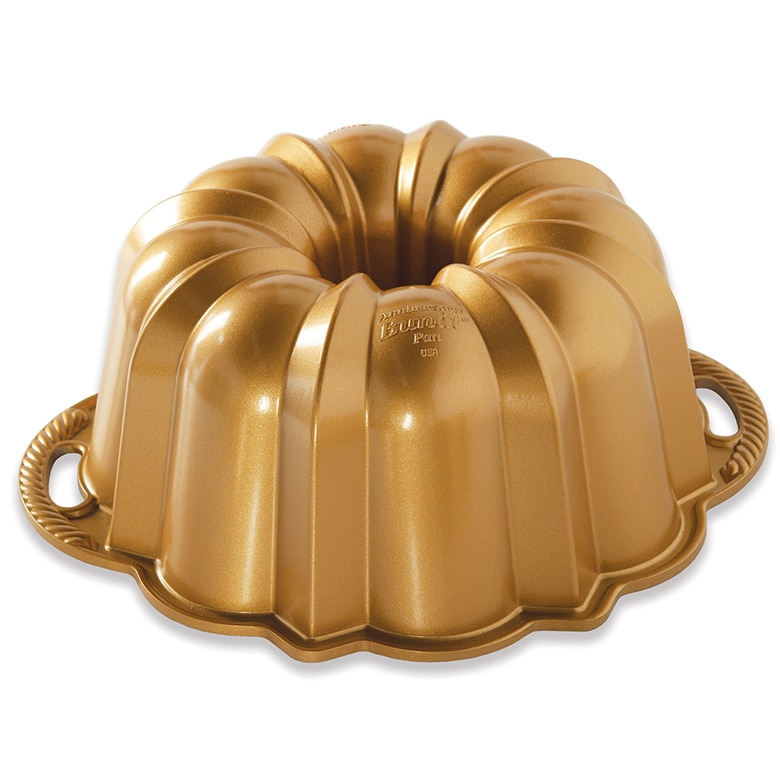
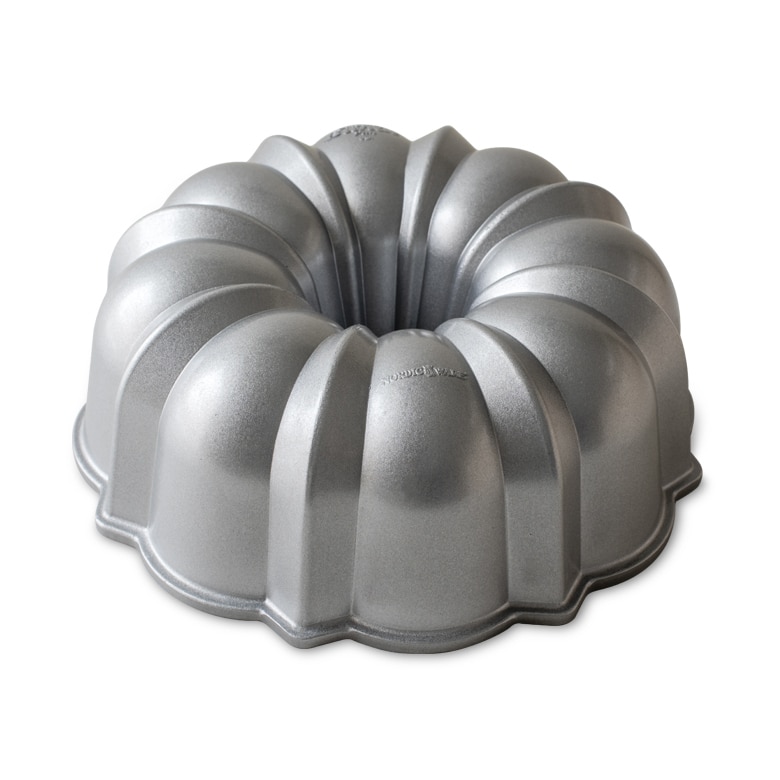
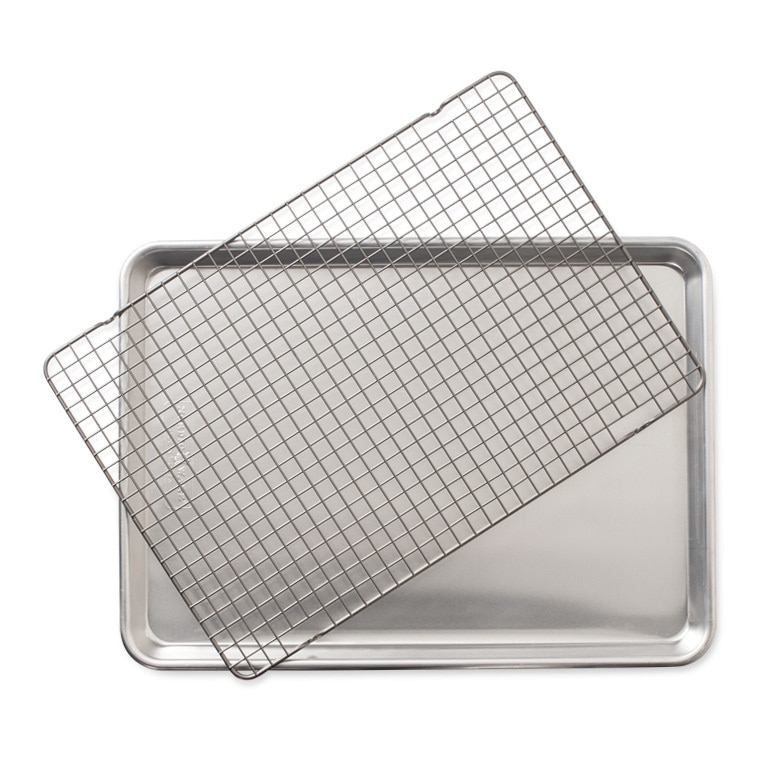

Posted by Kim
Delicious and beautiful loaf!
Posted by Carol
This bread was absolutely delicious. It was soft and very flavorful. Couldn’t stop eating it.
Posted by D Zee
This is outstanding and addictive. Could have eaten the whole thing. Easy to prepare and clear instructions. I will make this often during the fall and winter months. Note that I did use canned organic squash with no additives.